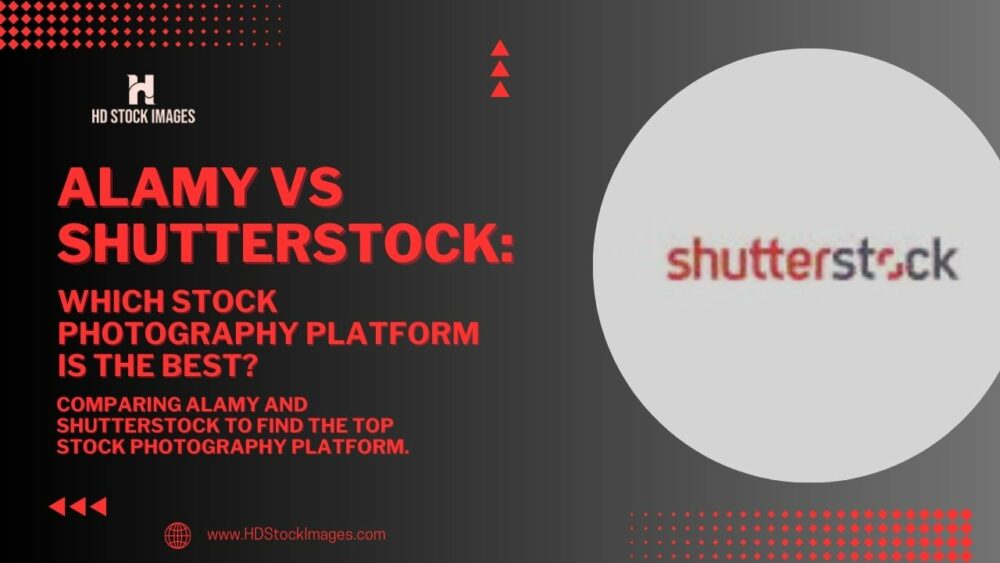Answer: Yes, most stock photography platforms offer licenses specifically for commercial use.2. What is the difference between royalty-free and rights-managed licenses? Answer: A royalty-free license allows you to use the image multiple times with a one-time payment, while a rights-managed license grants you specific usage rights for a negotiated fee based on factors like duration, geographic location, and exclusivity.3. How do I search for specific images on these platforms? Answer: You can use keywords, filters, categories, and sometimes even AI-powered search algorithms to find specific images that match your criteria.4. Can I modify or edit the stock photos I purchase?Answer: In most cases, yes. Stock photo licenses often allow for modifications and edits to suit your needs.5. What resolution and file formats are available for download?Answer: Stock photo platforms usually provide a range of resolutions and file formats to accommodate various uses, including high-resolution options for print and web-optimized formats.6. Are there any restrictions on how many times I can use a stock photo? Answer: Generally, stock photos can be used multiple times, but it's important to check the license terms to ensure you're complying with any limitations or restrictions.7. Can I use stock photos in print and digital media? Answer: Yes, stock photos are commonly used in both print and digital media, including websites, brochures, advertisements, presentations, and more.8. Are there any limitations on using stock photos for social media or online advertising?Answer: While stock photos can be used for social media and online advertising, there may be specific restrictions depending on the license. Some platforms offer enhanced licenses for these purposes.9. Do I need to credit the photographer or the stock photography platform?Answer: In most cases, crediting the photographer or platform is not required. However, it's always a good practice to attribute the image if possible, as it supports the artists and the stock photography community.10.What is the refund policy for purchased stock photos? Answer: Each platform has its own refund policy. Generally, refunds are offered if there are technical issues with the download or if the image does not meet the stated quality or description. It's recommended to review the specific platform's refund policy for more details.

 admin
admin








